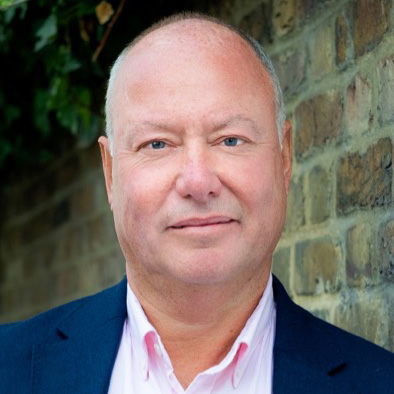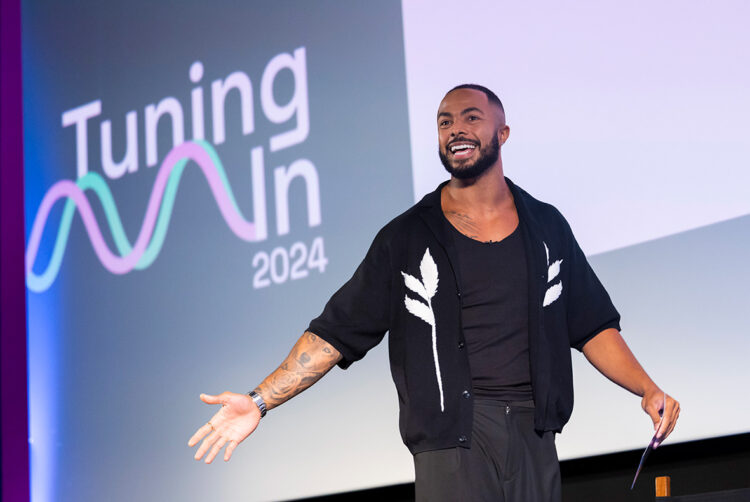Opinion
The success of the radio sector, with its common values and objectives, illustrates why it’s important for media channels to have clearly defined offerings and show what they can bring to the table for advertisers.
Disclaimer: in my industry career, I have spent many happy and productive years working in and with the radio sector.
I was one of the first dedicated heads of radio in a major agency. Tellingly, combining the role with my day job as a planner — a juggling act that would be unthinkable nowadays.
My first media owner job was at Classic FM, which had such a clearly defined brand proposition and unique audience that it was a dream to sell.
Latterly, I was managing director at the Radio Advertising Bureau, continuing its fine tradition of offering help and insight on the best way to exploit this most idiosyncratic of media sectors.
Having spent 10 years outside the sector and as a newly minted consultant, I was excited to attend Radiocentre’s Tuning In annual conference to see how the industry was getting on.
Quietly confident
I must say I was impressed. The words that came to mind were slick, quietly confident and, yes, still idiosyncratic.
Jay Rayner likes to refer to “the good stuff” in his restaurant reviews — the perennial but satisfying ingredients that make a meal enjoyable. Chillis, garlic, salt and the like.
All of the radio industry’s good stuff was on display at this event.
There was an impressive combination of young and old attendees — a healthy indicator that the radio industry is somewhere to aspire to be, in both media owner and agency land. Thriving sectors need passionate advocates.
Presenters were well-drilled about the commercial offerings they could bring to life for customers. Even some of the over-enthusiastic selling will be forgiven by clients of some sectors, who can often be made to feel like certain media channels are doing them a favour when taking their ad dollars.
Common goals
New entrants like the impressive Loud Parade, a startup producing bespoke branded music for clients, showed how music is critical for keeping one of our oldest media sectors fresh and relevant.
Importantly, there were happy customers from Voxi to Specsavers, willing to stand up and showcase the award-winning work they have conducted with the sector.
What shone through was that radio companies took to the same stage to extol the virtues of their sector while playfully demonstrating that behind the scenes they remain fiercely competitive. Global launched 12 stations, while Bauer rolled out Rayo, a new online player.
Ultimately, it is this sense of a defined market with common values, goals and objectives that always shines through in the radio industry.
Commercial radio’s history lay in companies owning discrete licences in different geographical locations. This fostered a spirit of collaboration. If revenue grew across the sector, then each player benefited, thanks to its local radio monopoly This gave rise to common lobbying, the creation of the ad industry’s first sector marketing body in the Radio Advertising Bureau and a devoted group of “radio heads” who demonstrably love their sector and are passionate about its success.
Clearly defined offering
I have long advocated for greater definition of markets — an antidote to the digital soup that can confuse planning and trading approaches: the increasingly meaningless use of the term “digital”, the comparison of apples and bird seed, and an increasing inability to objectively see what has truly added value.
I’m conscious this piece is something of a paean written by a fellow traveller, but I write it in the hope that the wider industry takes note of what this relatively small sector (in revenue terms) does so well.
It is clear about what it offers and it unites to deliver the basics for its customers — first-class research, a currency supported and used by all, a simple planning and trading system in J-ET (run by The Media Leader‘s parent Adwanted) and constant innovation of its product offering.
Challenges exist — taking more revenue from pure-play digital, how to accommodate and adapt to the streaming giants, and the perennial question of how to partner or compete with streamers and the BBC.
A recognisable sector
What was particularly instructive was a presentation from MG OMD head of planning Flora Williams about how AI is revolutionising audio media planning. There was a call to the industry to harness AI and work with myriad data sources and synthetic data to improve planning and outcomes for clients.
Why instructive? Because Williams observed that the radio industry was tightly defined and benefited from consistency of offering. Because of this, it is a sector where it is worth an agency taking valuable time to collaborate.
If agencies are excited about the opportunity to embrace new technologies and make the most from industry data sources, what seems clear in a world of digital soup is that it is really helpful to be a recognisable sector and have your qualities and capabilities clearly understood by your customers.
Tuning In showed it is time to celebrate our different media sectors and to advocate a return to clarity about what each one can bring to the table.
Vive la difference!
 Simon Redican was managing director of the Radio Advertising Bureau from 2007 to 2014 and is an independent consultant and commentator on the advertising industry
Simon Redican was managing director of the Radio Advertising Bureau from 2007 to 2014 and is an independent consultant and commentator on the advertising industry
Invasion of the Body Snatchers: A review of the Who Cares? event
Back to the future: Bringing back creativity in advertising
Holding up a mirror to modern Britain
Adwanted UK are the audio experts operating at the centre of audio trading, distribution and analytic processing. Contact us for
more information on J-ET, Audiotrack or our RAJAR data engine. To access our audio industry directory, visit
audioscape.info and to find your new job in audio visit
The Media Leader Jobs, a dedicated marketplace for media, advertising and adtech roles.






 Simon Redican was managing director of the Radio Advertising Bureau from 2007 to 2014 and is an independent consultant and commentator on the advertising industry
Simon Redican was managing director of the Radio Advertising Bureau from 2007 to 2014 and is an independent consultant and commentator on the advertising industry